
Alabama National Parks offer a great way to learn the history and culture of BIPOC groups. These nine national parks in Alabama tell the story of marginalized peoples and their struggles throughout United States history. In this post, we’ll introduce you to the nine best National Parks in the state of Alabama plus a national historic landmark that deserves to be counted among them.
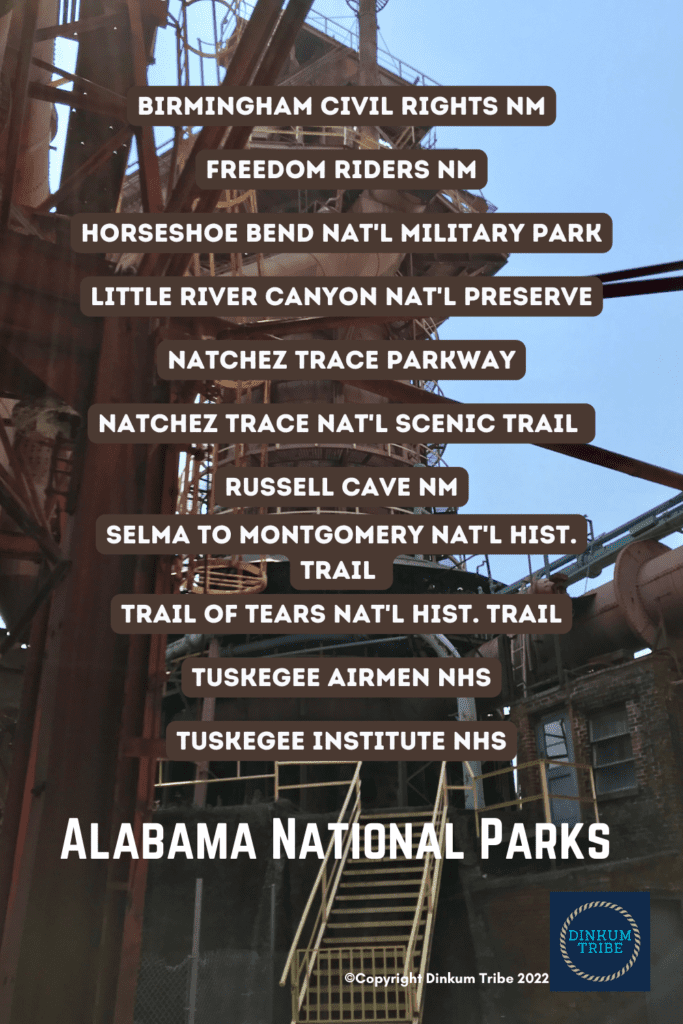
Table of Contents
All nine of these parks are worth visiting. We’ve ranked these parks according to their value for roadtripping families. You’ll find our personal review of Sloss Furnaces National Historic Landmark about midway through this post.
#1: Trail of Tears National Historic Trail
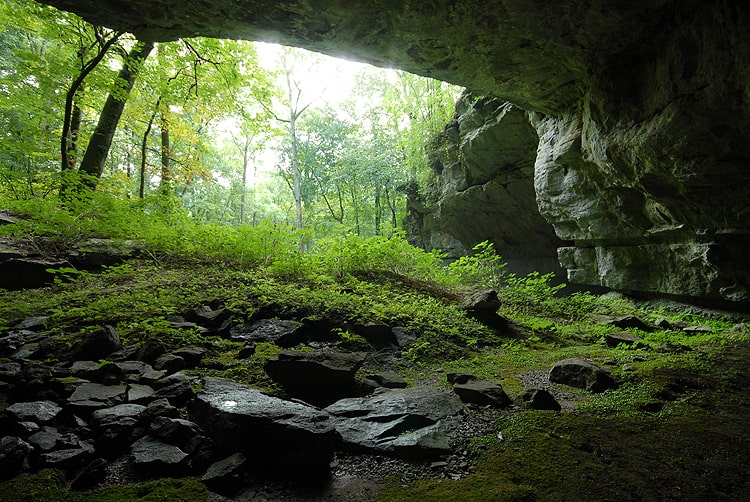
You can trace the steps of the Five Civilized Tribes on the Trail of Tears National Historic Trail.
In the 1830’s, the Choctaw, Chickasaw, Creek, Cherokee, and Seminole Nations were forcibly removed from their homelands and marched to Indian Territory (Oklahoma). Alabama is one of the best place to learn about this harrowing journey.
Two factors make Alabama a great place to travel the Trail of Tears. First, four of the Five Civilized Tribes lived in the state of Alabama. You get a better appreciation of the event when you’re able to walk the trail and also visit the homeland that they once knew as their own.

Second, the Trail of Tears National Historic Trail connects no less than five National Parks in Alabama. This National Historic trail features fourteen landmarks of cultural and historical interest. So you can visit most of Alabama’s National Parks by following Alabama’s section of the Trail of Tears NHT!
National Parks on Alabama’s Trail of Tears
The Creek Nation occupied a large stretch of Northeast Alabama, and four national parks in Alabama feature this sad chapter of Creek history. Horseshoe Bend National Military Park, Trail of Tears National Historic Trail, Little River Canyon National Preserve, and Natchez Trace Parkway follow their westward journey.

Horseshoe Bend National Military Park provides the backstory to the Trail of Tears. The battle not only ended the Creek War but also made General Jackson into an American hero. Eighteen years later, Andrew Jackson would use his power as the US President to expel the Creek Nation from Alabama.
Russel Cave National Monument is located on Ancestral Cherokee lands, and features the prehistoric history of the indigenous peoples of the Southeast. Little River Canyon National Preserve provides a natural setting for learning about the Cherokee. This National Preserve was part of the Cherokee homeland but also a pathway for the Cherokee who were forced out of Northern Georgia.

Much of Alabama’s Trail of Tears follows the Tennessee River. Here the Trail intersects with another historic trail, the Natchez Trace. The Natchez Trace was a prehistoric tradeway used by several indigenous tribes. Alabama’s stretch of the Trace included an inn and ferry that was owned by George Colbert, the son of Scottish father and a Chickasaw mother.
Native Americans have an ancient and central place in American history. Alabama’s stretch of the Trail of Tears may be the best place to encounter that history firsthand.
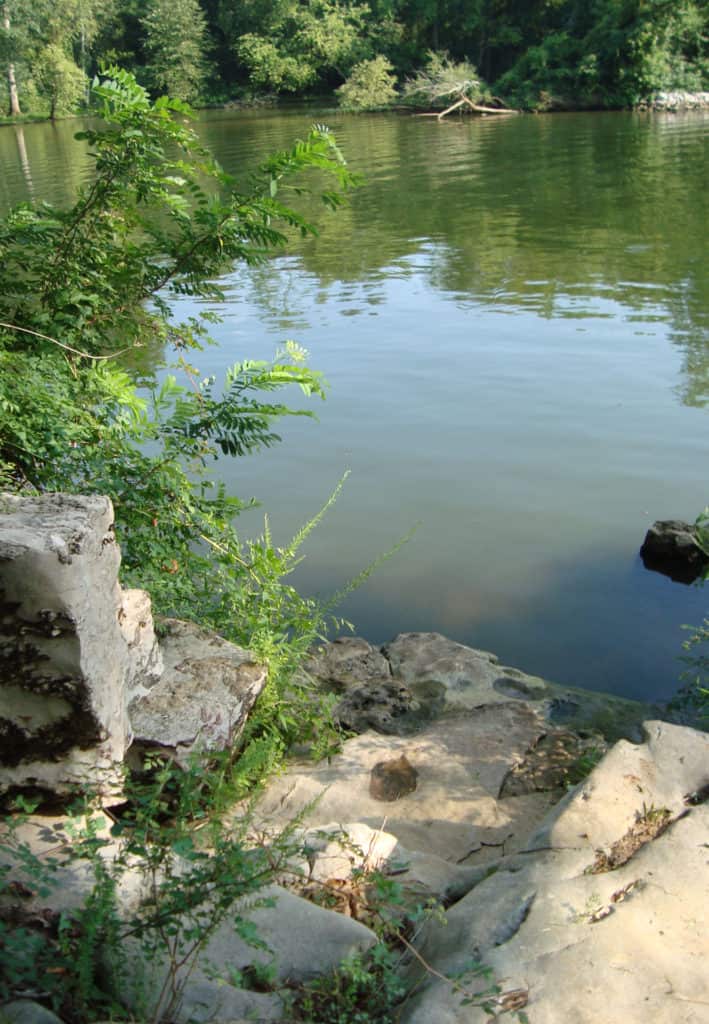
#2: Birmingham Civil Rights National Monument
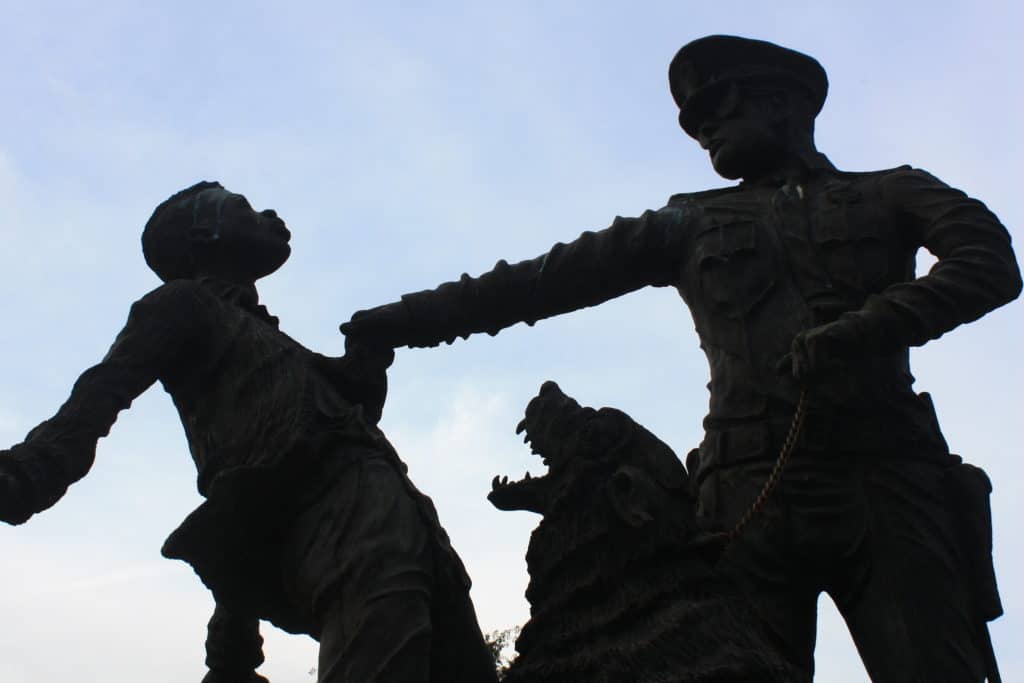
Alabama’s newest National Park testifies to power of nonviolence. In May of 1963 policemen and firemen attacked civil rights protesters with snarling dogs and high pressure hoses. The brutality perpetrated against peaceful protesters and children, moved US leaders to take action against racial injustice.
Today you can visit the locations and learn the choices that led to this turning point in the Civil Rights Movement. Birmingham Civil Rights NM has an admirable collection of historic sites. Especially when you consider that the park was only recently established by President Barack Obama.

You can visit the St. Paul United Methodist Church, one the oldest African American churches of Birmingham, or the Bethel Baptist Church which led the charge to desegregate Birmingham through non-violent confrontation. You can also walk the aisle of the 16th Street Baptist Church, where a Klu Klux Klan bomb claimed the lives of four girls.
Birmingham Civil Rights Institute is the heart of the National Monument. The Institute demonstrates the reality of racism both in the past and the present. You can consider what it was like to live in segregated Birmingham but also see a cross and shovel used in a 1990s hate crime.

The Birmingham Civil Rights Institute also bears witness to the power of hope. In many ways, the center tells the story of Birmingham’s transformation from a bastion of racism into a city of new opportunities. The Birmingham Civil Rights Institute stands across the street from Kelly Ingram Park, the place where courage overcame racism.
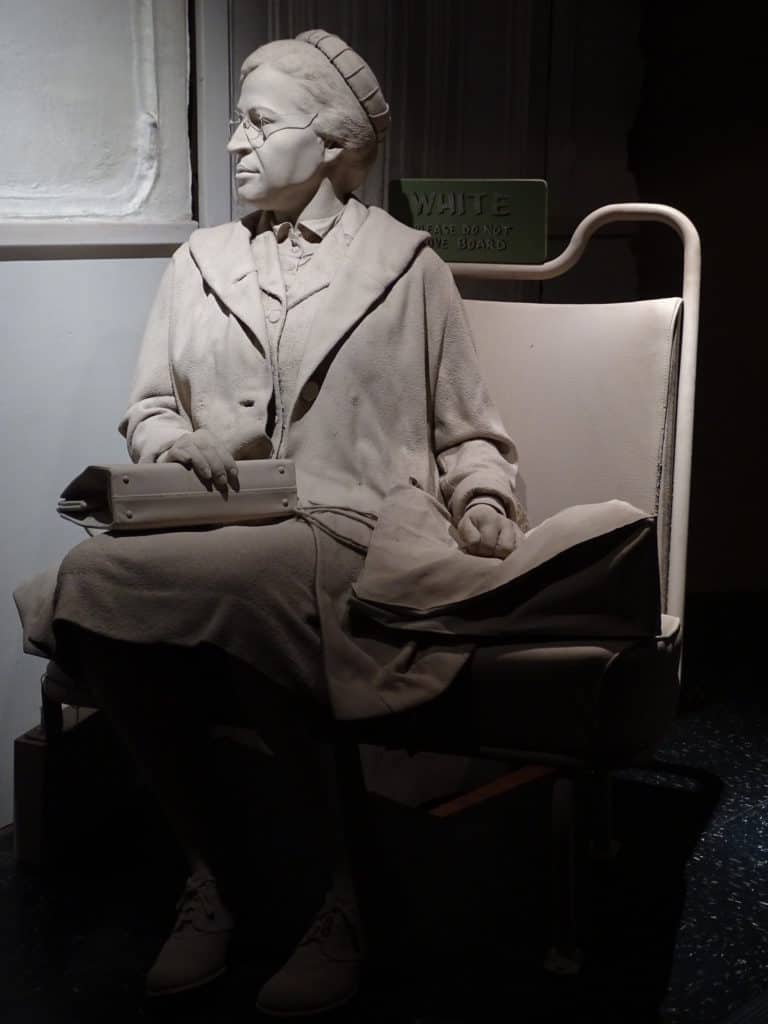
BONUS: Sloss Furnaces National Historic Landmark
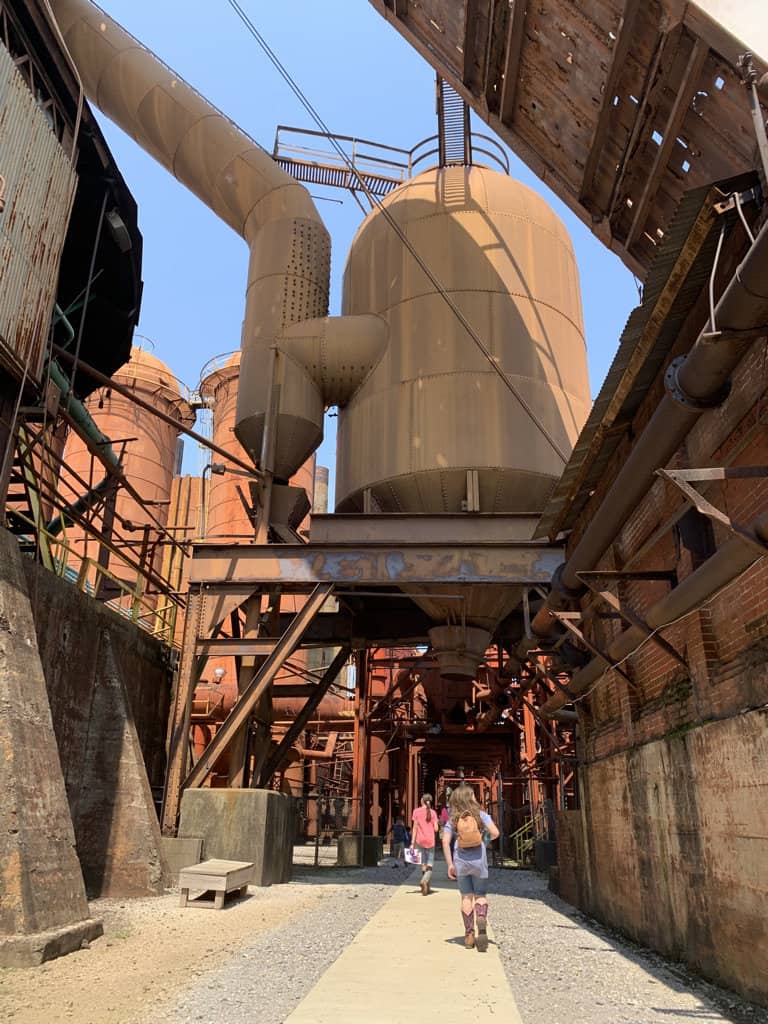
Our favorite Alabama park isn’t a National Park, but it should be. Few places in Birmingham draw as much attention as the Sloss Furnaces. This 19th Century industrial plant is a place of wonder and heritage. The ominous site tells the history of Industrial Birmingham and the racial terrorism that lay behind it.
The Return of Slavery
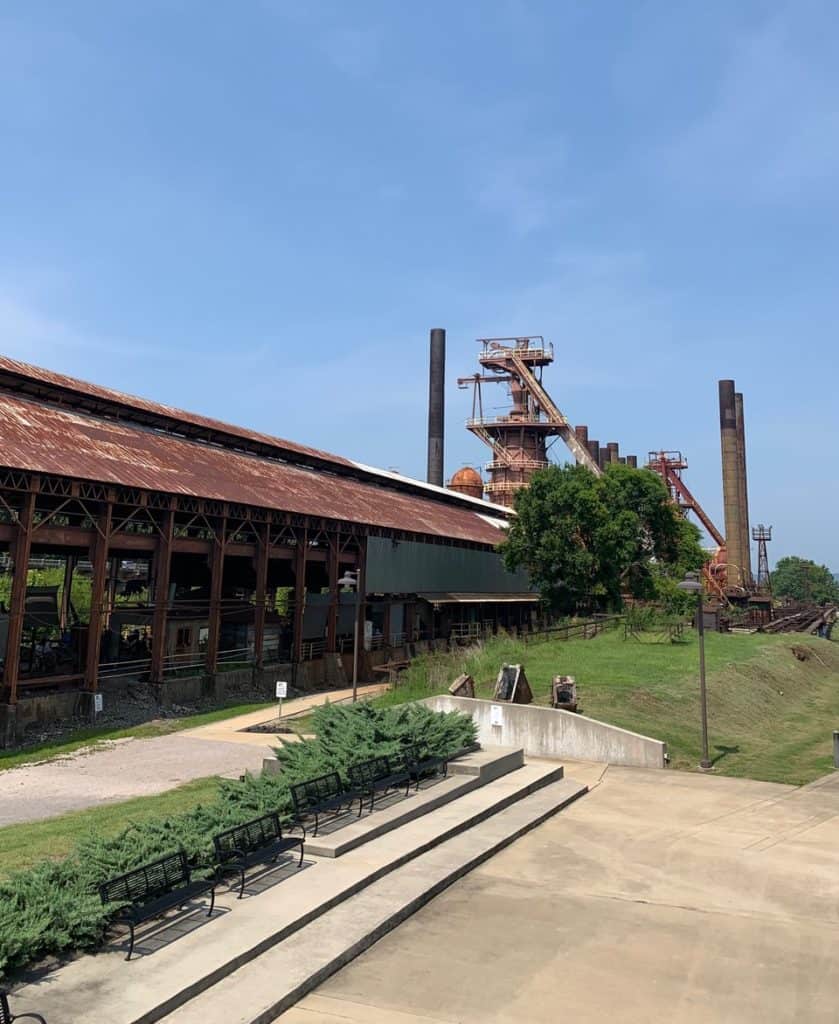
From 1871-1890 Birmingham experienced an industrial boom fueled by a national need for iron. James Sloss and other iron barons capitalized on that need, building industrial empires that mined, refined, and supplied iron and related resources. Thousands of African Americans provided slave labor in the mines and furnaces of industrial Birmingham through a system known as convict leasing.
Alabama’s government took advantage of a loophole in the 13th amendment to pass laws that criminalized free African Americans. Innocent citizens were found guilty of vagrancy and loitering, and then sold to companies and government organizations for labor. Lynching was consistently used to prevent enslaved laborers from advocating for humane and fair working conditions.
We found the Sloss Furnaces both sobering and intriguing. The story of convict leasing was a solemn reminder that racism is often perpetuated and maintained through government and corporate power. The opportunity to walk the industrial facility offers a host of additional reasons to visit.
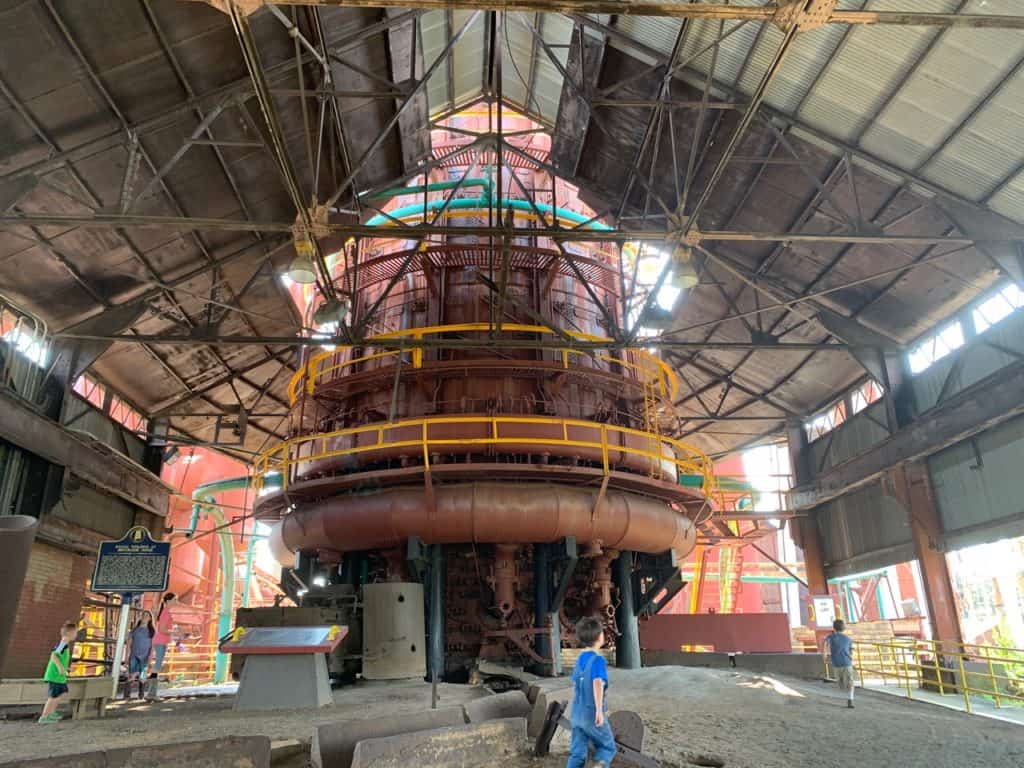
Sloss Furnaces NHL offers an impressive array of resources for children and adults. The self-guided tour and student booklets offered great ways to engage with the location and learn the technology and processes that were at work at the facility.
@dinkumtribe Learning at Sloss Furnaces National Historic Landmark in Birmingham, Alabama. @dinkumtribe @dinkumtribe @dinkumtribe #truehistory #historiclandmark #historiclandmarks #blackhistorytiktok #ushistoryfacts #homeschoolfieldtrip #homeschoolfieldtrips #familyroadtrips #familyroadtrip2021 #adhdfamilytravel #familytravelcreator #familytraveltiktoker #oregonfamily #pnwfamily #pnwfamilies #oregonfamilies #familytravelvlog #familytravelblog #familytravelblogger #familytravelvlogger #familytravelinfluencer #travelwithkids ♬ original sound – DinkumTribe ADHD family travel
The visitor center and gift shop were filled with quality items, including wrought iron art that is made on-site by local artists.
Sloss Furnaces NHL turned out to be one of the best stops of our epic, cross-country roadtrip. We highly recommend it to every roadtripping family.

#3: Little River Canyon National Preserve
Southern Appalachia is on display at Little River Canyon National Preserve. The northeast Alabama park encompasses the wild beauty that draws you to places like Georgia, North Carolina, and Tennessee. Lush forests, year-round waterfalls and stony bluffs invite you to explore the ancient lands of the Cherokee people.

The Preserve protects natural and geologic features that have made the Cumberland Plateau famous. Centerstage of all of these is the Little River, a mountaintop river that flows almost the entire length of Alabama’s Lookout Mountain. The river also holds the distinction of being one of the wildest waterways in the South, being largely undeveloped and almost entirely undammed.
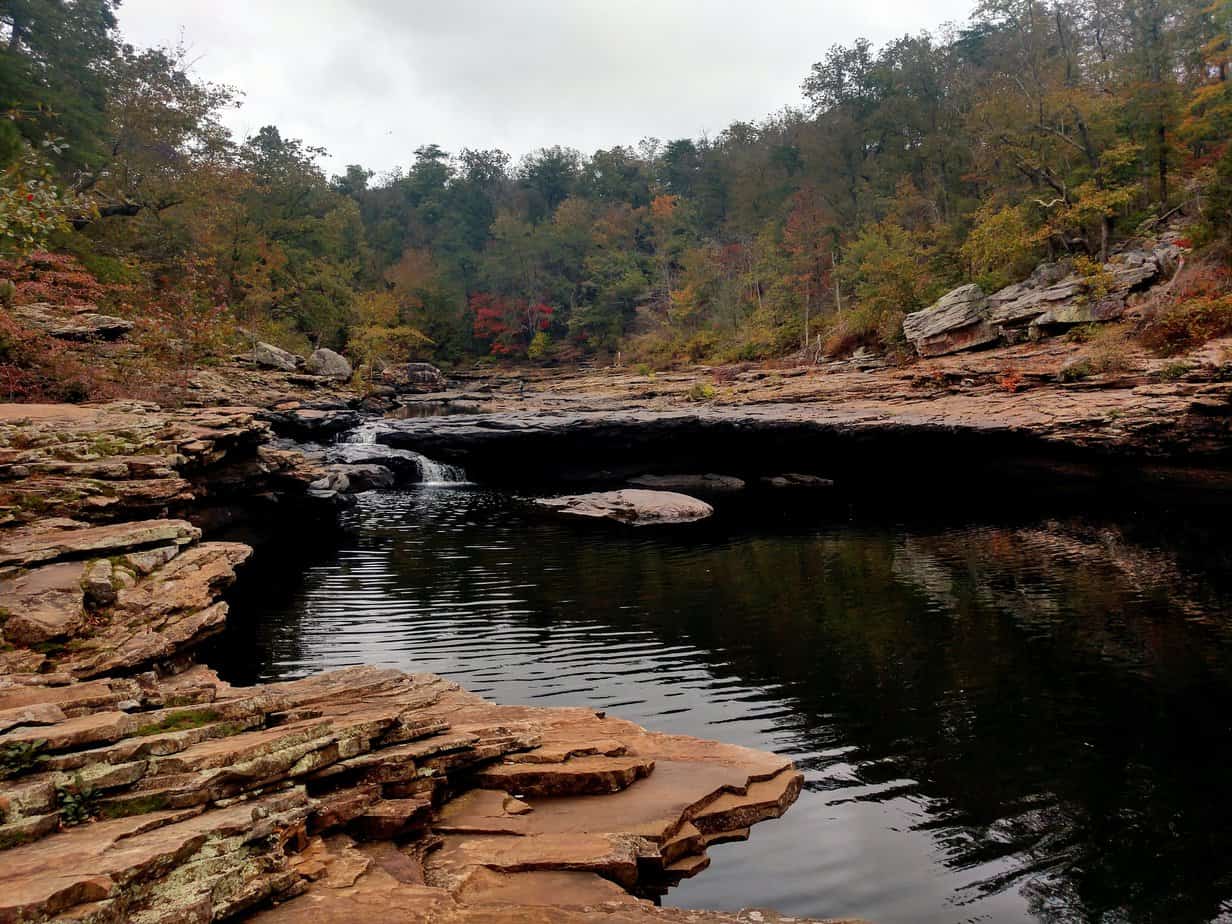
Natural wonder abounds in Little River Canyon, which is one of the deepest canyons of the East Coast. You can admire the power and splendor of Little River Falls and Graces High Falls. Little Falls offers an opportunity to get into the action.
You can get active in a wide range of ways at this Natural Preserve. Miles of trails welcome hikers and the river is accessible for canoeing and kayaking. Rock climbing, horseback riding, hunting, fishing, bird watching, and photography are also permitted. Be sure to stop by the Little River Canyon Center in Fort Payne to get the most out of your visit.
@dinkumtribe We have a great resource for planning your next road trip. Check the bink in lio and search “road trip printable” for our awesome cheat sheet! #roadtripplanning #roadtripusa #roadtripplanner #roadtripguide #roadtrippacking #printableplanner #printableguide #nationalpark #nationalparkservice #nationalparksusa #nationalparktrip #nationalparkroadtrip #adhdfamilytravel #familytravelcreator #familytraveltiktoker #oregonfamily #pnwfamily #pnwfamilies #oregonfamilies #familytravelvlog #familytravelblog #familytravelblogger #familytravelvlogger #familytravelinfluencer #travelwithkids @dinkumtribe ♬ original sound – DinkumTribe ADHD family travel
#4: Tuskegee Airmen National Historic Site

Moton Field witnessed one of the most courageous achievements of WWII. It was here that African Americans chose to serve a country that didn’t serve them. In doing so, they began the desegregation of the US military and laid the foundation for the Civil Rights Movement.
The African Americans known as the Tuskegee Airmen included far more than Air Force pilots. Over 15,000 men and women made up the Army Air Corps. A large number of personnel served to train, maintain, or otherwise support the pilots who flew into combat.
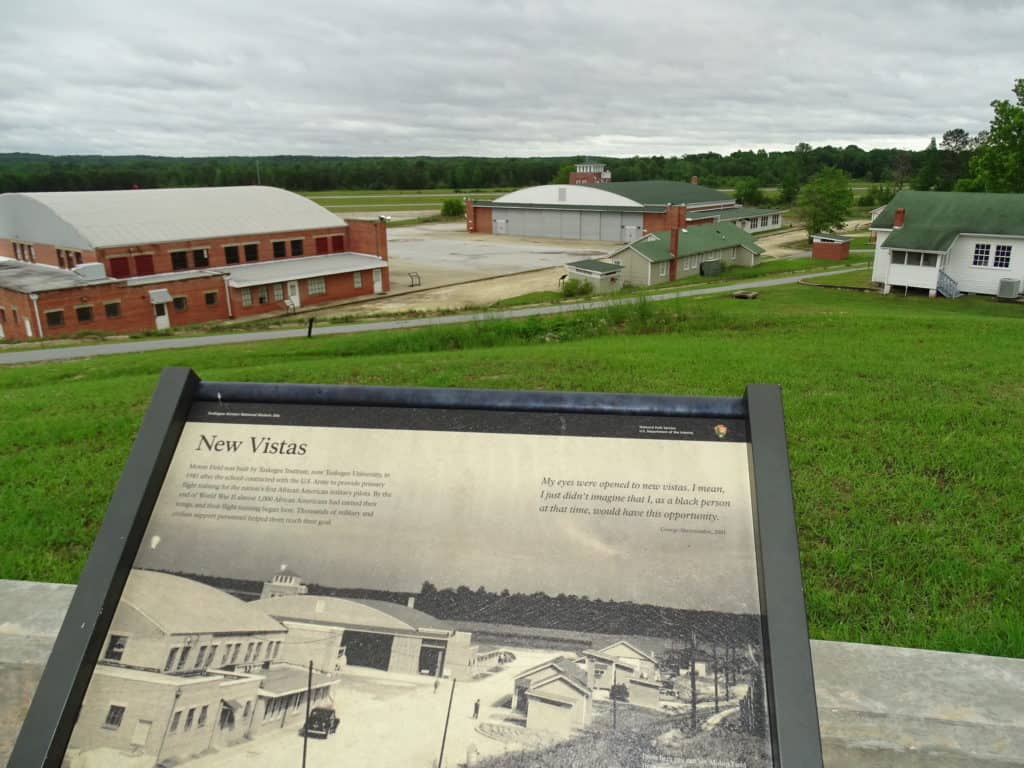
Tuskegee Airmen NHS is located on Moton field, the primary location for African American flight training during WWII. The field was named in honor of Robert Moton, the second president of the Tuskegee Institute. Today you can learn the history of these true Americans in the interpretive center located in the airport’s two hangars.

#5: Horseshoe Bend National Military Park
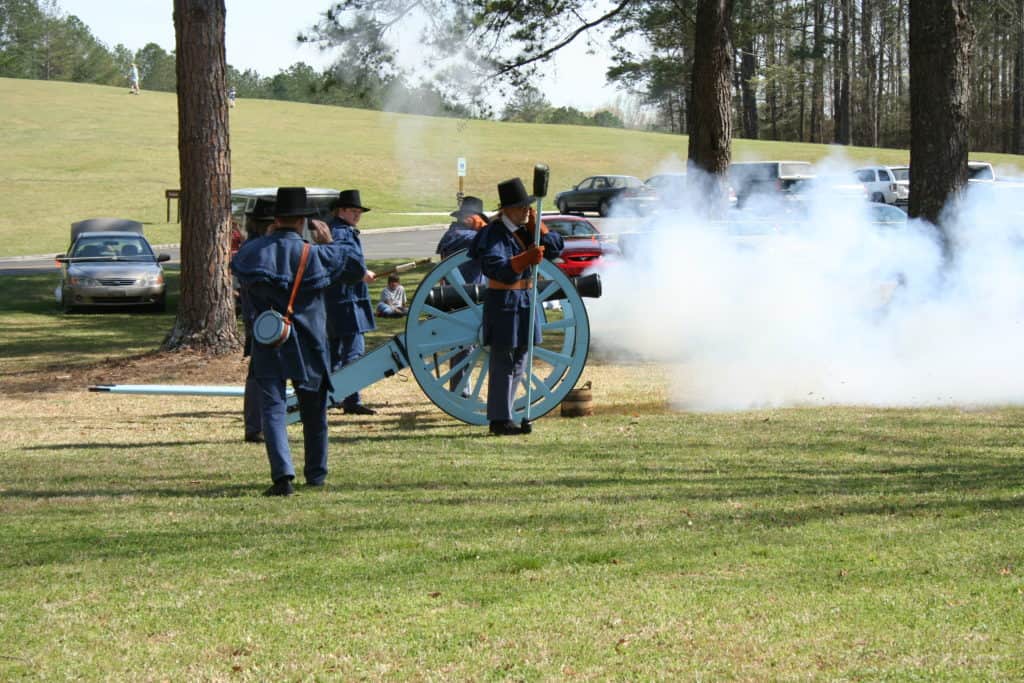
The battle of Horseshoe Bend was a tragedy for the indigenous peoples of the Southeast. The power of the Creek Nation was shattered in a single battle in 1814, by American forces led by General Andrew Jackson. The battle effectively ended Creek independence and paved the way for the Trail of Tears.
Today you can explore the place where Chief Menawa and his 1,000 Creek Warriors fought for their people and ancestral lands. Horseshoe Bend NMP is a great place to learn about the War of 1812 and the ramifications it had for native tribes throughout US history.

#6: Tuskegee Institute National Historic Site

Tuskegee University was built with incredible determination. The United States government had abandoned its commitment to protect African American citizens. Yet, men and women still rose and built a way to better themselves.
Booker T. Washington led the construction and growth of the Tuskegee Institute, building it upon the ruins of a burnt-out plantation. Washington hired a faculty of the best and brightest, including George Washington Carver. The legacy of the Tuskegee Institute and its founders would inspire future leaders including the Tuskegee Airmen and leaders of the Civil Rights Movement.
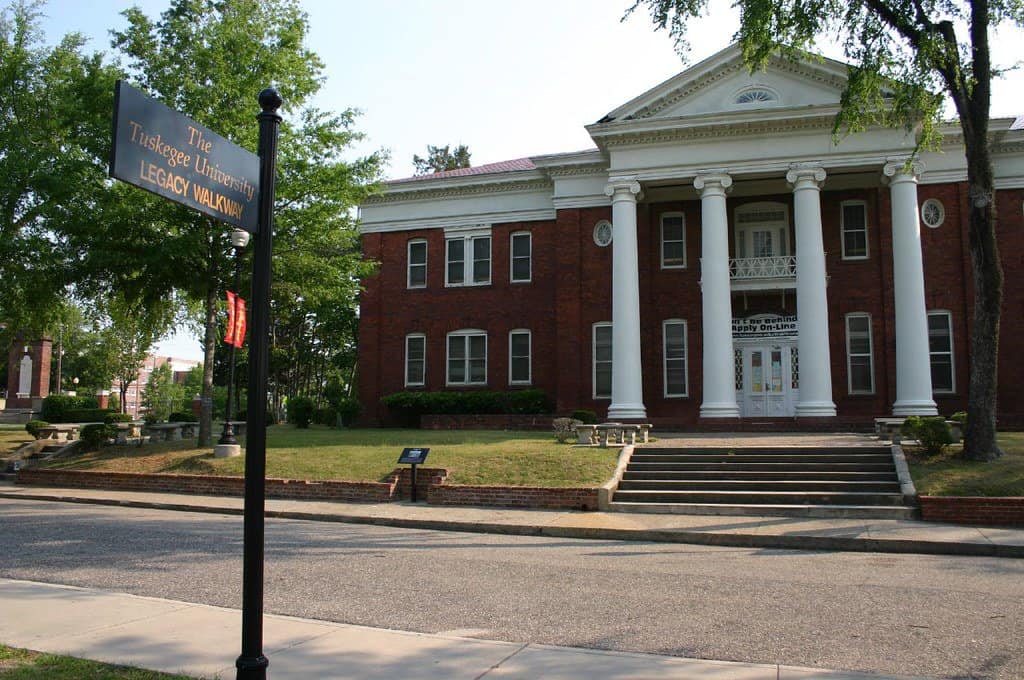
Today you can tour the personal home of Booker T. Washington and learn his story. The George Washington Carver Museum tells the story of Tuskegee University’s most famous teacher. Be sure to make time to walk the University campus which is designated as a historic district.

#7: Freedom Riders National Monument

Freedom Riders National Monument remembers the men and women who challenged discriminatory practices on buses and at bus stations. Thirteen original Freedom Riders faced severe violence as they repeatedly ignored segregation boundaries. The movement grew and in less than a year the federal government decreed integration for all interstate bus carriers and terminals.
The path toward integration was paid with blood. The Anniston bus terminal witnessed shocking violence when a mob of around 200 clansmen disabled a Greyhound Bus, threw a fire-bomb into it, and tried to keep its occupants from exiting the bus. Hours later, Freedom Riders who arrived on a Trailways bus were beaten until they were unconscious.

The Riders met similar violence at Birmingham. In both cases, these severely injured protesters were refused treatment by nearby hospitals. The hate exposed by the Freedom Riders Movement shocked the American public and moved people to take action against segregation.
Today, you can visit the place where mob violence tried to stop the Freedom Riders from progressing. The Monument includes the Trailways Station, Greyhound Station, and the site of the bus burning. The park also features other places where integration efforts faced violent opposition.

#8: Natchez Trace Parkway
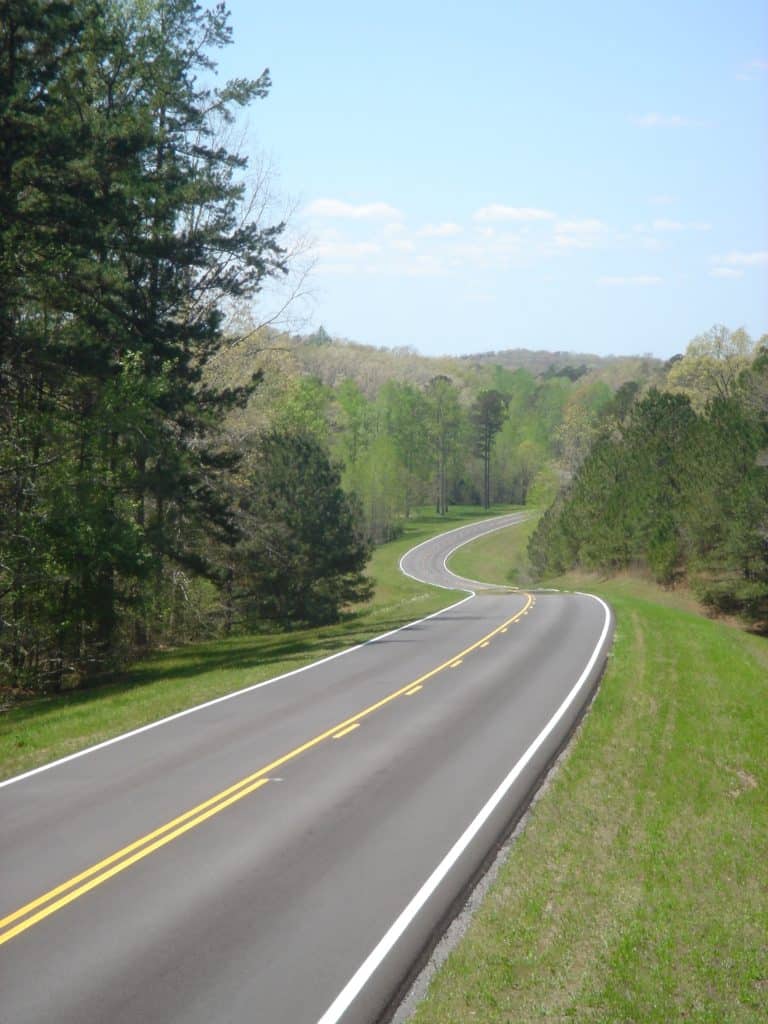
Natchez Trace Parkway is one of the most popular parks of the National Park Service. The 444-mile road guides you along the Old Natchez Trace, an ancient highway that runs from Nashville, Tennessee to Natchez, Mississippi. This scenic drive tours you through the natural beauty and the intriguing history of the Southern frontier.
The Old Natchez Trace served Native American tribes for centuries, allowing them a swift way to travel from the Appalachian Mountains to the Gulf shores. European explorers, missionaries, soldiers, and merchants would later depend on the Trace for much of the early part of American history. Driving along the Trace allows you to follow the course of history from ancient times up the early decades of 1800s.
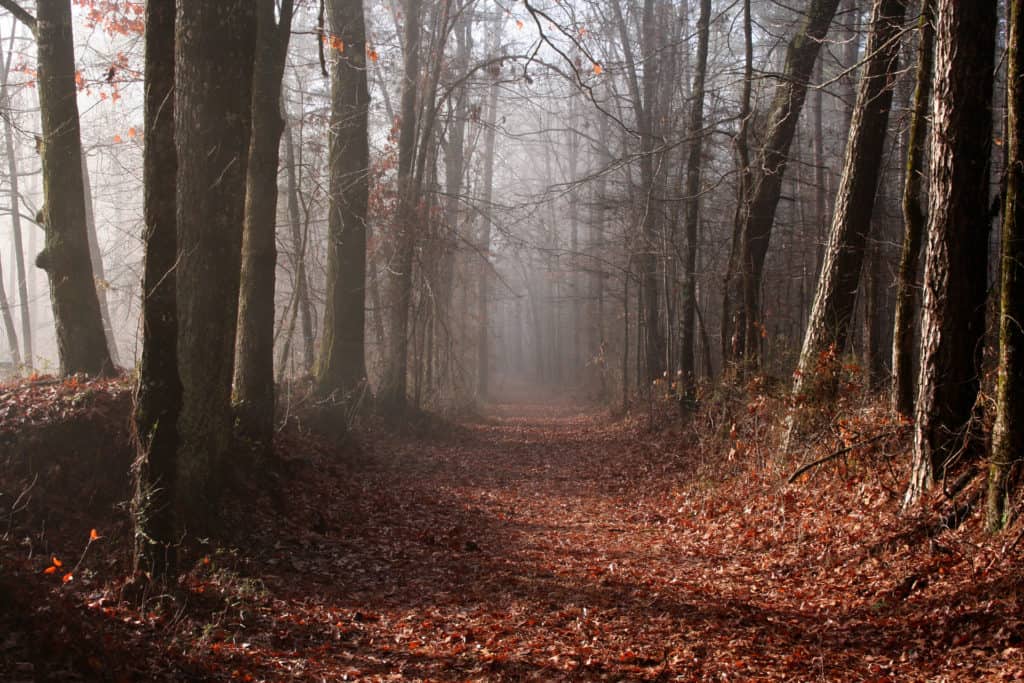
The Natchez Trace Parkway crosses the Tennessee River, in a historic part of northwest Alabama. Here you’ll find the location of George Colbert’s ferry. It’s said that the half-Chickasaw businessman charged Andrew Jackson $75,000 to ferry his Tennessee Army across the river. Colbert used his abilities and influence to advocate on behalf of the Chickasaw people.
Like the Trail of Tears National Historic Trail, Natchez Trace Parkway allows you to enjoy national parks as you drive. The parkway’s historic sites can be a destination in their own right, or a stepping stone to new adventures.

#9: Selma to Montgomery National Historic Trail
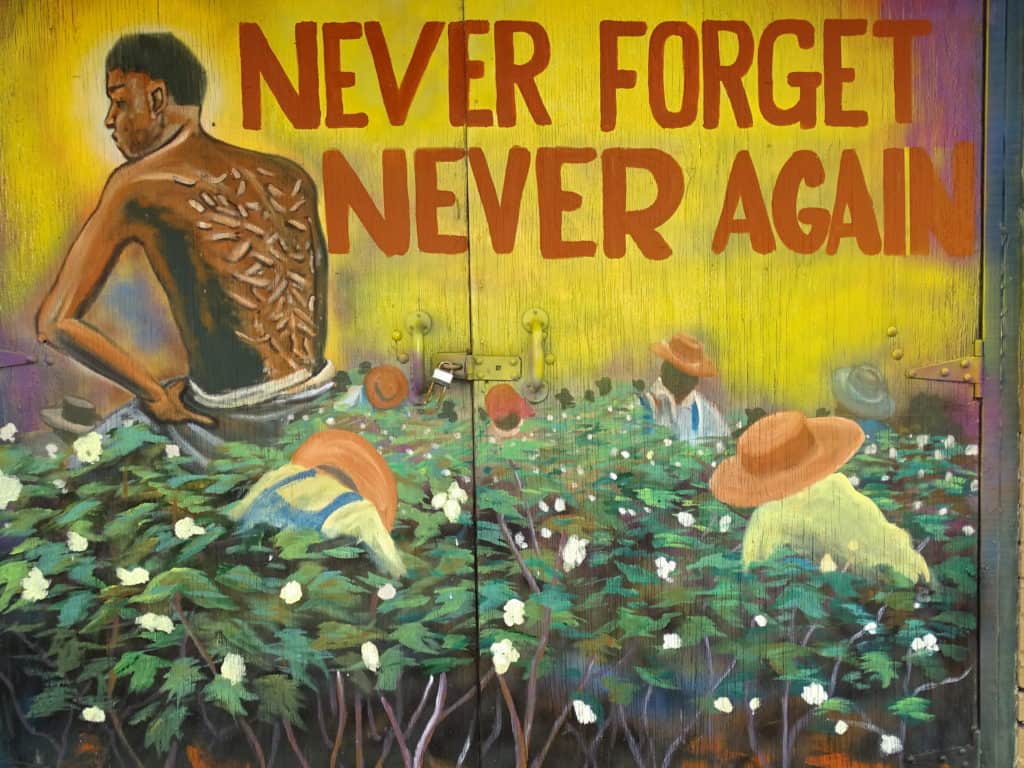
You can travel along the route of three historic voting rights marches on the Selma to Montgomery NHT. On March 7th 1965 around 600 civil rights protesters began their quest at Brown Chapel AME Church in Selma, Alabama. They were bound for Montgomery, the state capitol, to demand that the state honor the voting rights of the 15th amendment.
But the march was halted at the Edmund Pettus Bridge where the peaceful assembly was stopped and beaten by police. “Bloody Sunday” sparked national outrage and increased sympathy for the Civil Rights Movement. On “Turnaround Tuesday” around 1500 protesters led by Dr. Martin Luther King, Jr. marched to the location of Bloody Sunday.
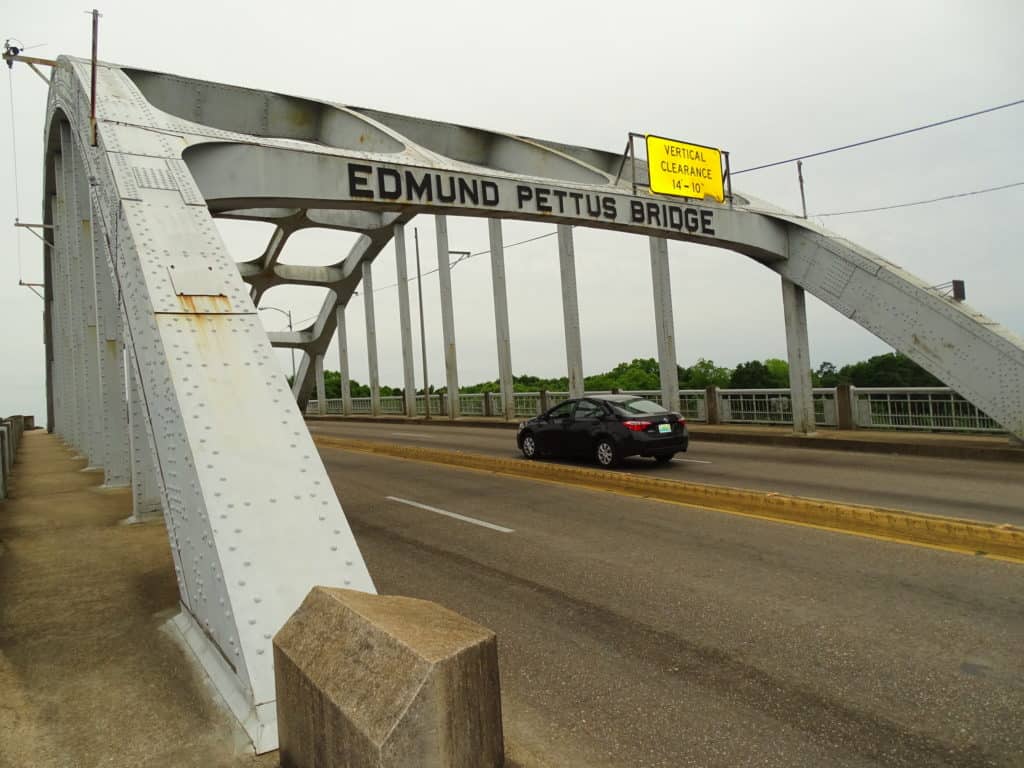
Ten days after “Bloody Sunday” an assembly of more than 4,000 protesters marched from Selma with the protection of law enforcement. By the time they reached Montgomery their numbers had swelled to almost 25,000 people. Their achievement moved the federal government to pass the Voting Rights Act of 1965.
Selma to Montgomery National Historic Trail allows you to trace this critical moment in US history. You can walk the steps, see the sites, and hear the stories of the men and women who confronted racial injustice and transformed society for the better.

National Parks in Alabama FAQs
How many national parks are there in Alabama?
There are eleven national park sites in Alabama:
- Birmingham Civil Rights National Monument
- Freedom Riders National Monument
- Horseshoe Bend National Military Park
- Little River Canyon National Preserve
- Natchez Trace Parkway
- Natchez Trace National Scenic Trail
- Russel Cave National Monument
- Selma to Montgomery National Historic Trail
- Trail of Tears National Historic Trail
- Tuskegee Airmen National Historic Site
- Tuskegee Institute National Historic Site
What is the most popular national park in Alabama?
The Natchez Trace Parkway was the most popular Alabama national park in 2022 (6,543,533 visitors). However, this interstate parkway runs through Alabama, Mississippi, and Tennessee.
Little River Canyon National Preserve was the second most visited Alabama National Park in 2022 (726,239).
Ten Powerful Parks

Alabama is a worthwhile destination for roadtripping families. We encourage you to make the time to visit the Sloss Furnaces and all nine of these remarkable National Parks. Happy Traveling!
© Copyright Brian A. Warren 2022.




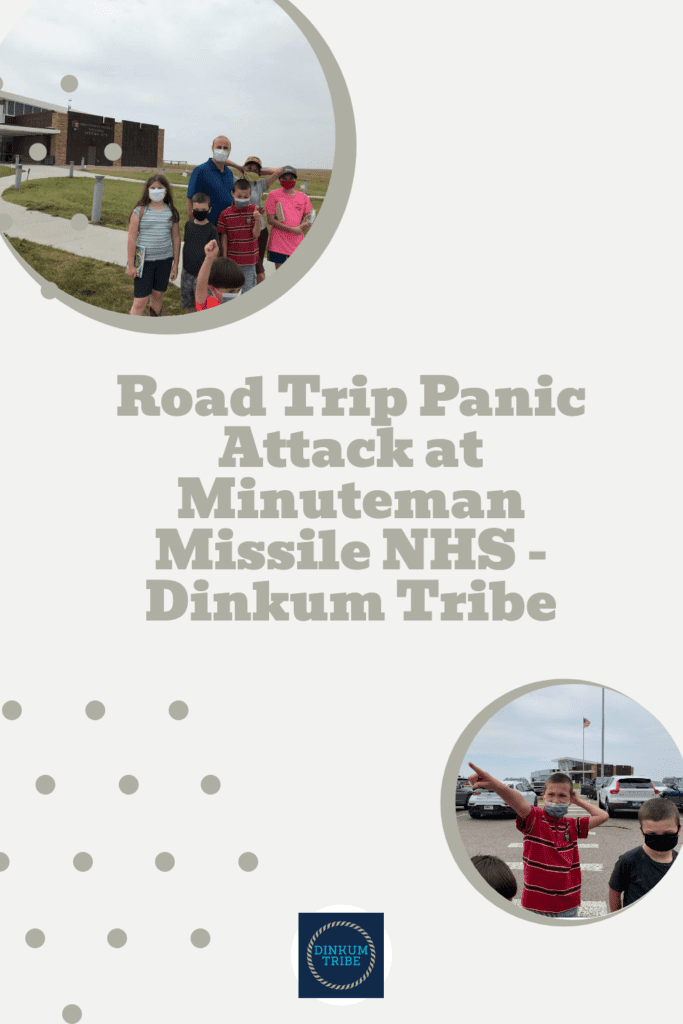

Alabama is a treasure. This is the first time that I saw the statue of Rosa Parks. Great article.
We can’t wait to go back and see more of these places ourselves!
I am not familiar with these parks, but they all look pretty good to me. Thank you for sharing.
Thanks for stopping by!
Really great post! I love the range of options highlighted for national parks! I would love to go to the Selma to Montgomery National Historic Trail!
Yes, there is so much to see in Alabama’s national parks!
This list of national parks in Alabama makes me want to hop in a car and take the most epic road trip! Thank you so much for sharing!
You’re welcome!
The US is full of so much dark history. I love that there are so many National Parks that pay homage to that history and help to educate people.
Absolutely.
Wow each parks looks amazing! Thanks for sharing such a detailed guide!
You’re welcome!
I remember learning about the Trail of Tears in school.. I would love to see it in real life now… so many historical spots throughout Alabama..we look forward to a visit soon…
Alabama is full of history, and it’s neat to see the variety.
I had no idea Alabama had so much to offer. Being right over here in Texas, we may need to plan another visit soon! Thanks for sharing; all of these spots look very interesting. Xx Sara
We were impressed with all the NPS sites as well – way more than we thought!
I had no idea there are so many National Parks in Alabama or such stunning scenery & fascinating indigenous culture. Thanks so much for sharing this!
Thanks for dropping by!
What a great guide…so educational! I love that the NPS sites are working so hard to keep history alive.
Yes, the NPS is doing an incredible service!
The nature and history of the National parks in Alabama speaks the volume. What a fantastic guide shared! Thanks
You’re welcome.